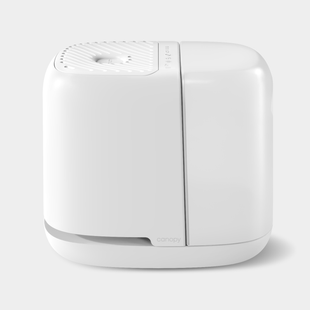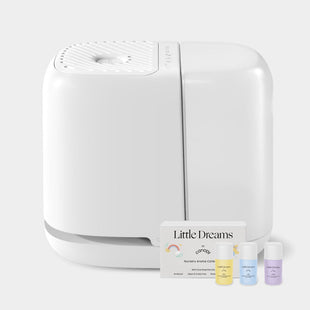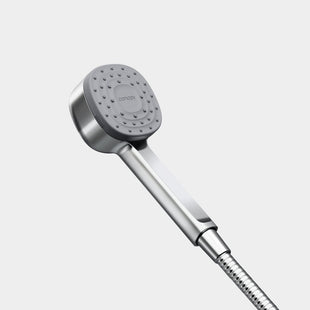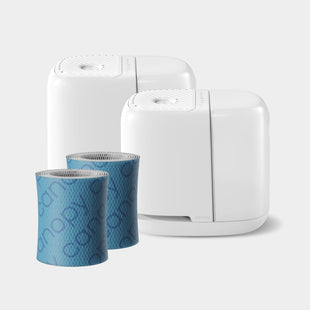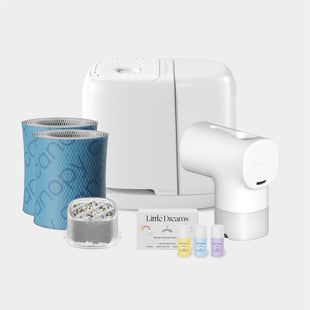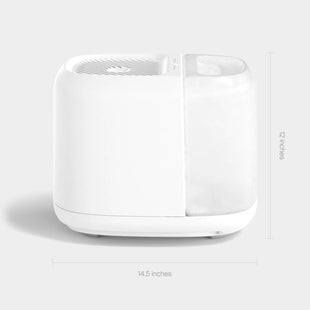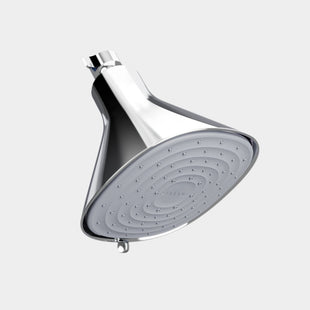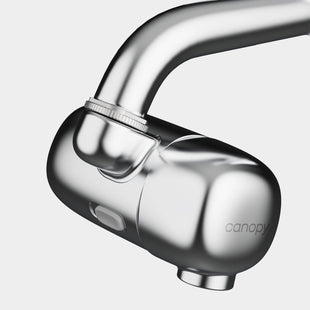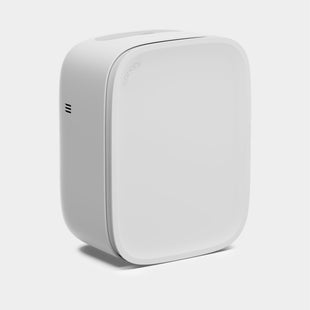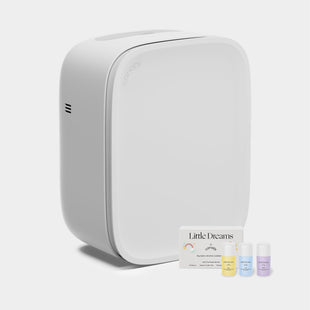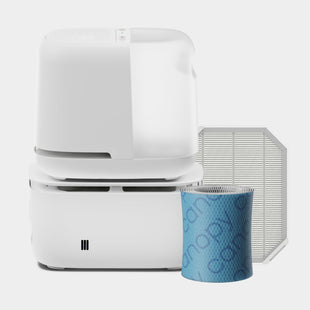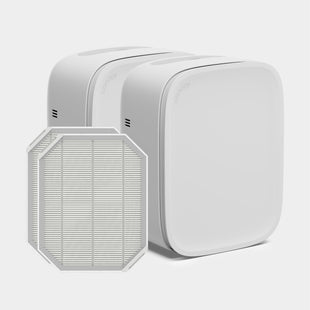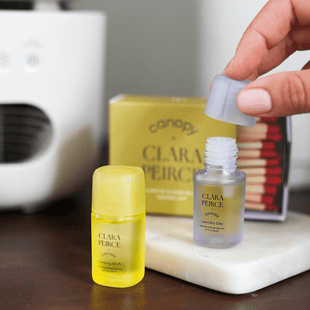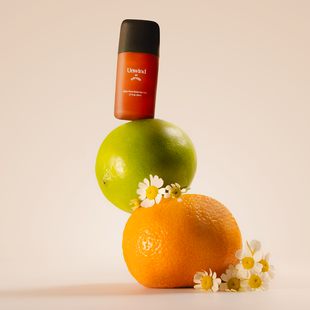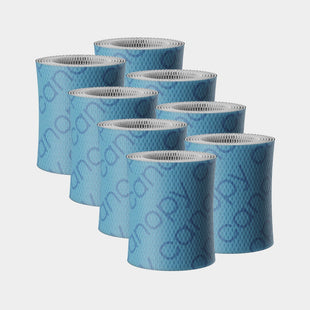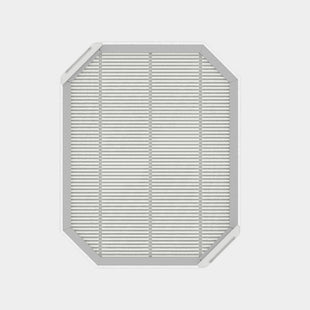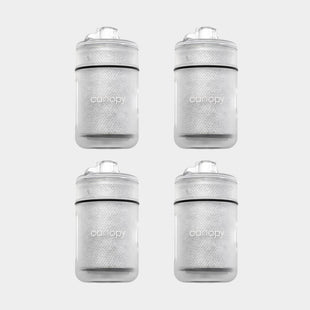Do you ever feel like your room smells musty? Or, have you ever experienced an overwhelmingly musty smell in the house that seems to emanate from certain rooms? These are common problems in homes that have a lot of traffic, and of course, a lot of love. Home is where the heart is, as the old adage says.
If you are wondering how to get rid of musty smells in your home or how to get rid of mildew smell from your clothes, you have come to the right place, friend. In this blog post, we will discuss: the effects of mold on your health and your home, where mold comes from and where it grows, and how to eliminate mold and mildew from your home for good.
The Effects of Mold on Your Health and Home
Mold and mildew are the creation of a very simple formula:
Oxygen + Moisture + Warmth = Mold & Mildew
In the presence of these simple factors, mold and mildew will grow and thrive. Subsequently, it releases naturally occurring gases called microbial volatile organic compounds (MVOCs), which cause the potent odor and musty smell in the house with which you are familiar.

There are countless kinds of MVOCs released into the atmosphere, some of which can cause noticeable symptoms potentially harming your health. Exposure to the MVOCs released by mold and mildew can cause the following symptoms:
- Frequent or inexplicable headaches
- Feelings of dizziness
- Nausea
- Chronic fatigue
- Congestion or general nasal irritation
Where Does Mold Come From? And Where Does it Grow?
As we mentioned, mold and mildew grow and thrive in dark, damp, and warm places. Larger mold spots will spread easily in places with low traffic or in undisturbed corners or crevices. Both mold and mildew smell stale, musty, and like rotting wood if you are familiar with the reference, and can be the reason why your room smells musty or your house smells wet or damp.
The most common locations for mold and mildew growth that cause a musty smell in the house are as follows:
- In your window sill or in the small crevices of your windows
- On or under your furniture
- Around or under the refrigerator and freezer
- Under your sinks
- Inside your microwave
- In your trash cans
- Between and on the bath or shower tiles
- Around toilets
- In the walls of your kitchen, bathrooms, and laundry rooms
- In, on, or around potted plants
- On your mattress
- Around the water heater
- In or around a washing machine
- On or around our HVAC system
How to Clean Mold and Mildew From Your Home (and Clothes)
Not always, but often, mold and mildew is the source of foul, musty home odor. Cleaning mold and mildew from surfaces of your home is how you get rid of a musty smell in the house and how you get rid of mildew smell from your clothes.
How to Clean Mildew

Cleaning mildew growth from your home is less extensive than its mold counterpart, though the effects of eliminating mildew from your home surfaces can dramatically improve a musty smell in the house.
Here are the steps for eliminating mildew from your home:
- Fill a spray bottle with straight white vinegar.
- Spray the vinegar on and around the mildew infected area. Let the vinegar sit for a few hours or overnight.
- Fill a small bucket with hot water.
- Dip a hard sponge into the hot water and use it to scrub the mildew infected area.
When cleaning mildew in your home, make sure to use protective gloves, a face mask if using bleach or harsh chemicals, and ensure adequate air flow and ventilation in your work space.
How to Clean Mold
If you have a mild case of mold, you will generally be able to disinfect the area with home equipment. If, however, your mold infestation has any of the following criteria as outlined by the EPA, you will need to hire a specialist:
- Mold that has a square footage of 10 feet or higher
- Mold that is located in an HVAC system
- Mold that is growing on the ceiling, in the walls, or in/on the floors
- If you have a condition that is exacerbated by mold exposure including, but not limited to asthma and mold allergies.
For minor mold infestation or small spots of mold growing on surfaces, you can follow the same steps for cleaning mildew. For larger areas under 10 square feet, you will need to follow these steps:
- Put on your protective gear, which should include gloves, a face mask, and coverings for your arms and legs. Ensure adequate air flow and ventilation.
- Throw anything away that cannot be effectively cleaned.
- Place a dehumidifier or a fan near the mold-infested location to remove moisture. If possible, place an air purifier next to the fan to prevent mold spores from escaping to other areas of your home.
- Use 1 cup of household laundry per 1 gallon of water. Do not mix cleaning solutions as this could cause toxic chemicals to release into your home air.
- Scrub all mold-infested surfaces with a hard sponge.
- Make sure to address the source of the mold (i.e. caulk any slight spacing, have a plumber repair any pipes, etc.).
How to Get Rid of the Mildew Smell from Clothes

Maybe the day got away from you, and you left a load of clothes in the washer for a bit longer than recommended. Or, maybe a few articles of clothing were still slightly damp when you hung them back in your closet. However you acquired a musty or mildew smell on your clothes is less important than how to get rid of mildew smell from your clothes.
There are a few ways you can de-mildew your clothes, with ingredients you will likely find around your home.
- Place all of your mildew-smelling clothes into the washer. Add a cup of vinegar to the wash after the water has filled the basin.
- Place all of your mildew-smelling clothes into the washer. Add a cup of baking soda to the wash after the water has filled the basin. Wash this load on your machine’s hottest water setting.
- Place all of your mildew-smelling clothes into the washer. Mix a solution of 1 part Borax and 2 parts hot water into the wash after the water has filled the basin.
Aside from moving the load from the washer to the dryer within a reasonable period of time and making sure your loads are completely dry before putting the items away in their rightful places, there is one more helpful tip for preventing a musty smell in the house. Place any clothes that are wet, damp, or saturated with sweat directly into the wash rather than letting them mingle with the clothes in your laundry basket. This will significantly help to prevent foul odors in your room.
Tips on How to Remove Musty Smells From Your Home
You found the mold. You eliminated the mold. Why is there still a musty smell in the house? This happens, and there are ways to improve your indoor air quality, and the odor of your home.
Ensure Adequate Air Flow
The French revel in the pleasantries of life, which include a pleasant smelling home. Walk down the cobblestones of a French road, and you will find windows wide open, the breeze flapping linen curtains to and fro.
Circulating the air in your home by allowing stale, musty air to release through the windows and fresh air to breeze through your windows will not only help to reduce a musty smell in the house, but will also help to prevent mold and mildew growth on the surfaces in your home as a result of stagnant air and improve indoor air quality.
Regulate Humidity Levels
Home humidity levels are a major pain spot in most American homes. In fact, most indoor humidity levels fall significantly below the 40% to 60% optimal humidity level, sitting around the low to mid-20% range.
Regulating home humidity levels will prevent a musty smell in the house, reduce the chances of dust mite survival, hinder the growth of mold and mildew, and produce a bevy of health and wellness benefits. If your room smells musty, you may want to address humidity levels. Too much humidity, and your home will create a breeding ground for mold and mildew. Too little humidity, and you will experience the exhaustive effects of low humidity on your health including increased chances of contracting viruses and bacterial infections.

Canopy Humidifier is the new way to humidify with unique SPA™ technology that prevents mold from growing. Canopy is a no-mist, no mess solution to your humidifying needs with a small footprint and essential oil compatibility.
Wipe Down Countertops
Wondering how to get rid of the musty smell in your home? Stop mold growth at the source: wet or damp surfaces.
The best way to prevent mold or mildew growth which can cause a musty smell in the house is to wipe down hard surfaces after exposure to moisture. Although the following quick tips will take a few extra minutes in your day now, they will prevent a major, mildew mess in the future:
- Wipe down your shower or bath after use
- Wipe down your vanity after you brush your teeth or wash your hands
- Wipe down the kitchen countertops after you cook a meal
- Keep your washing machine door open after use
- Wipe away any visible condensation on your windows
Introduce an Odor Absorber
If your room smells musty or there is a musty smell in your house lingering after you eliminate the mold and mildew from your space, you may want to introduce an odor absorber.
If you prefer a natural route to home cleaning, you can use baking soda or activated charcoal to absorb the smell. You will need to toss and replace these odor absorbers every two weeks, or more frequently depending on your home needs.
An alternative route to eliminating the musty smell in your house is to use a diffuser with antibacterial properties to improve the air quality of your home or a specific room. Canopy Diffuser is a “glow up” for your space with a no-mist solution to traditional, messy home diffusers. Canopy requires absolutely no water effectively maintaining the concentration of your essential oils for unadulterated aromatherapy. Use the Canopy Aroma Puck for short term diffusion, or place your favorite bottle of essential oil into the Diffusion Well for long term aromatic bliss.
Stay on Top of Appliance Maintenance
If you want to know how to get rid of a musty smell from your home and keep it gone (sayonara), it is essential to stay on top of appliance maintenance. Washing machines, dishwashers, HVAC filters, and plumbing leaks are common causes of a musty smell in the house.
Every month or every other month depending on use frequency, it is beneficial to clean your washing machine and dishwasher. Use a mix of white vinegar and baking soda to naturally clean both appliances, eliminate mold growth, and keep them functioning at optimal levels. Make sure to wipe down the inner surfaces of both appliances after you deep clean them with the vinegar and baking soda and keep the doors open for adequate air flow.


